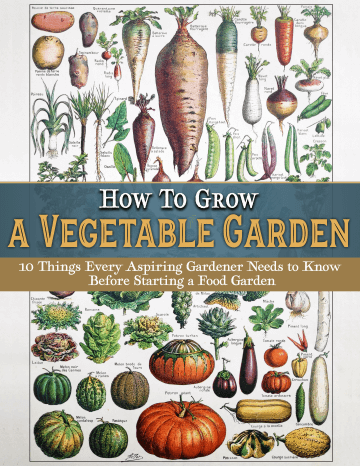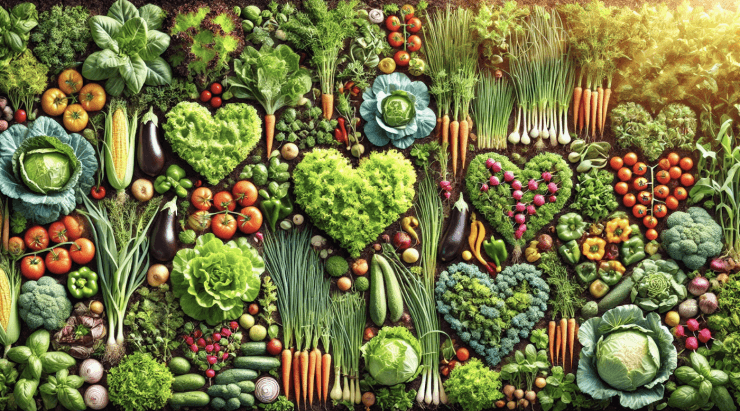
When you’re digging into the wonderful world of raised bed gardening, one of the best-kept secrets to success is companion planting! It’s like inviting the right friends to a party—you get better conversations (or in this case, better growth, pest control, and flavor). Let’s take a look at how raised bed gardening and companion planting work hand-in-hand, along with ten dynamic duos (or trios!) that’ll turn your garden into a flourishing haven.
Raised Bed Gardening 101
Raised bed gardening is the cozy little condo of the plant world. It gives your plants a home above ground, with nutrient-rich soil and excellent drainage. It’s a great choice for small spaces and helps keep things organized and easy to manage. Plus, you can fill your raised bed with the perfect soil mix (no bad neighbors in the soil department). If you’re working in a smaller space, raised beds allow you to grow more efficiently, and when you add companion planting into the mix, you’re taking your garden game to the next level.
What’s Companion Planting, Anyway?
Think of companion planting as creating a plant friendship circle. Certain plants just get along, helping each other grow better by sharing nutrients, deterring pests, or attracting helpful pollinators. It’s a beautiful natural balance, with some plants providing shade while others enrich the soil with beneficial nutrients like nitrogen. The wrong combination, though, can lead to unhappy plants that crowd each other out or attract the wrong kinds of bugs.
Discover 10 top tips for growing, harvesting, and enjoying fruits, vegetables, herbs and more from your home garden—when you access the FREEBIE How to Grow a Vegetable Garden, right now!
Now, let’s dive into 10 of the most popular companion plants for raised bed gardens!
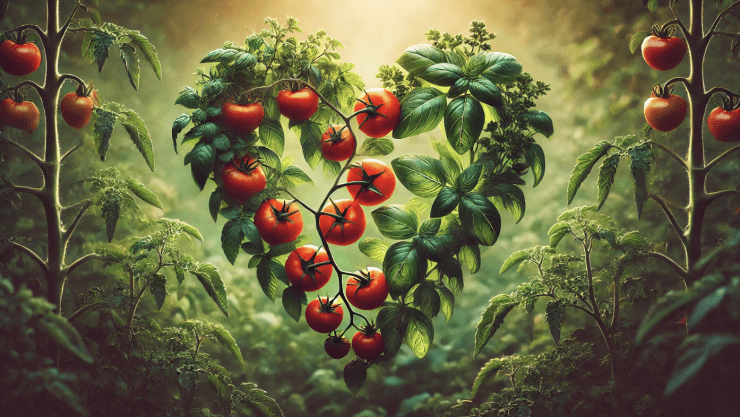
1. Tomatoes & Basil
A classic combo! Not only do tomatoes and basil grow well together, but basil can also repel pests like mosquitoes and flies, while tomatoes provide the perfect shade for basil on hot days. Plus, they taste amazing together when harvested!
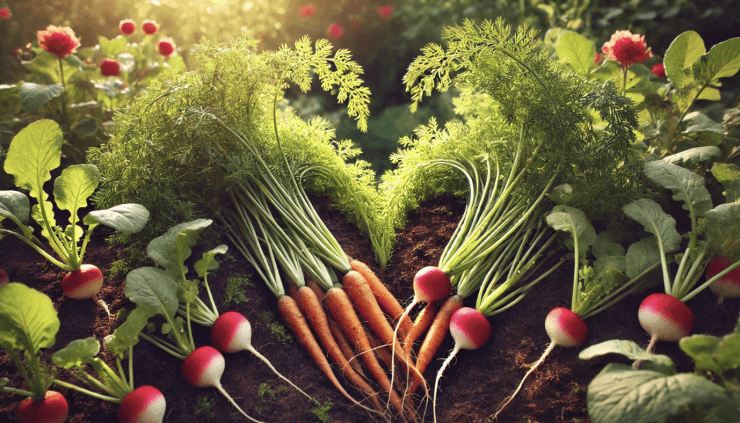
2. Carrots & Radishes
These two root crops make excellent companions in raised beds because they grow at different depths. Carrots like to dig deep while radishes spread out near the surface. They don’t compete for space, and radishes can help loosen the soil for carrots to stretch their roots. Also, while you’re waiting on carrots, your radishes will be ready to harvest and be re-sown.

3. Cucumbers & Nasturtiums
Cucumbers love climbing, and nasturtiums can cover the ground underneath them. But it’s more than just aesthetics! Nasturtiums act as a trap crop, attracting aphids away from cucumbers. Raised beds are perfect for this pair, giving cucumbers plenty of room to sprawl or climb, and nasturtiums add a colorful, edible flair.

4. Lettuce & Marigolds
Lettuce tends to be a favorite snack for pests like aphids and slugs, but marigolds come to the rescue! Marigolds help repel aphids, and their bright flowers look beautiful against the leafy greens of lettuce. Plus, lettuce grows quickly, making it a great plant for small raised beds.
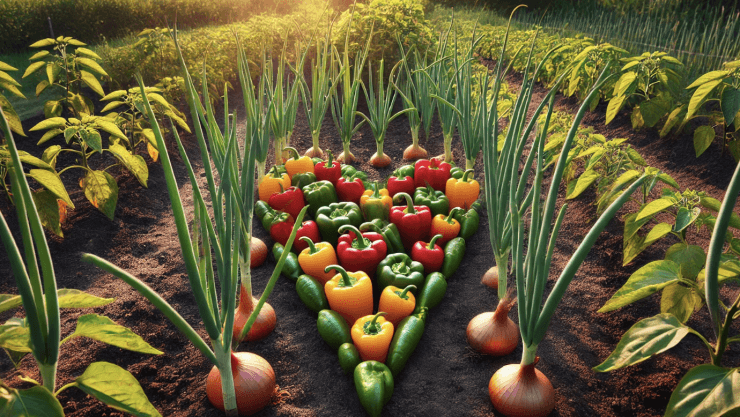
5. Peppers & Onions
Peppers and onions are great raised bed neighbors because onions can help deter pests that love to munch on peppers. Both plants thrive in similar soil conditions, and peppers add a little shade to keep onions cool in hot weather.
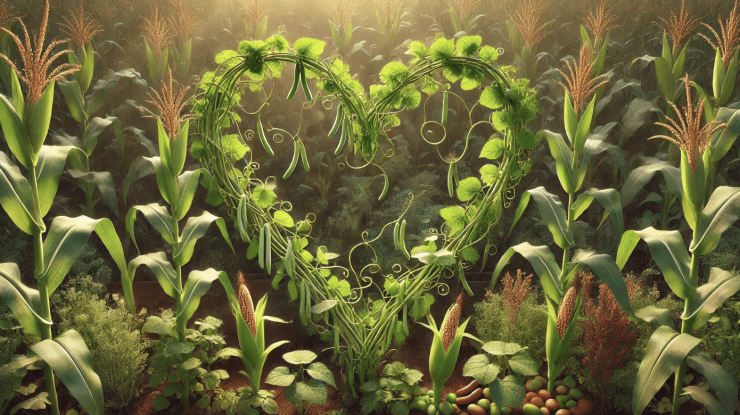
6. Beans & Corn
This duo is a classic of the “Three Sisters” planting tradition (though we’re skipping the squash for now). Beans are nitrogen fixers, enriching the soil for the corn, while corn provides a natural trellis for beans to climb. It’s a win-win in any raised bed.
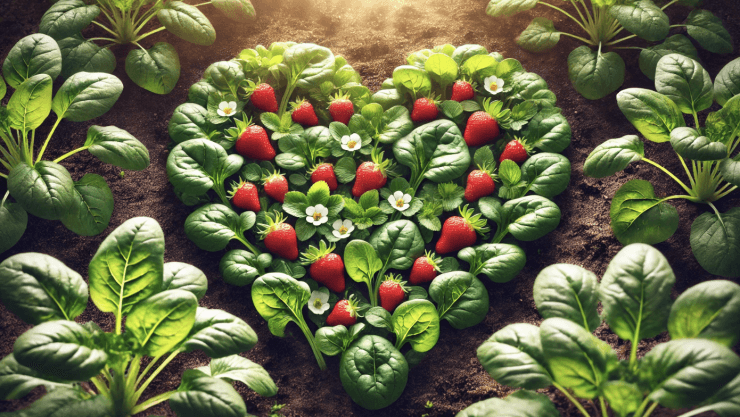
7. Spinach & Strawberries
This might sound like an unusual pairing, but spinach can grow in the partial shade of strawberries. In return, strawberries benefit from spinach’s ground cover, which helps retain soil moisture in your raised bed. Plus, who wouldn’t want to snack on fresh berries and greens from the same bed?
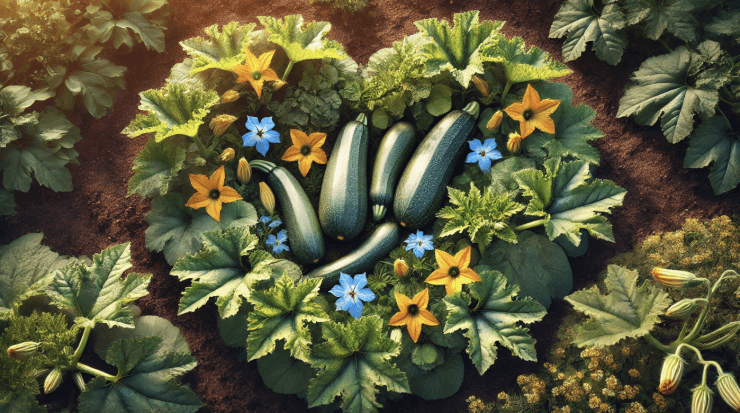
8. Zucchini & Borage
Borage, with its star-shaped blue flowers, is a pollinator magnet, drawing bees to your zucchini plants. It’s also known to improve the flavor of zucchinis, and since it doesn’t take up much space, it’s perfect for the raised bed environment.
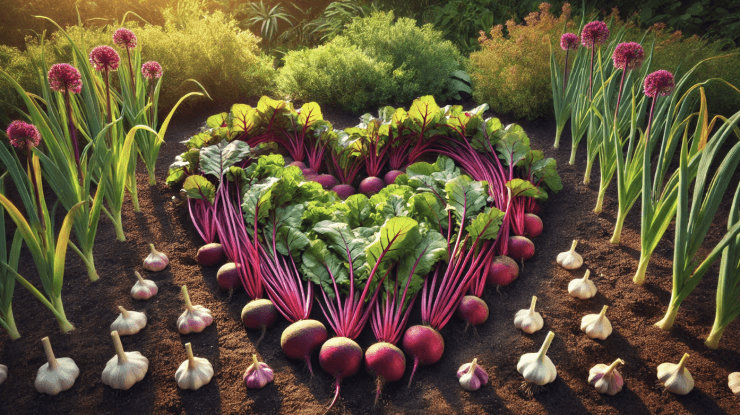
9. Beets & Garlic
Garlic is known for its pest-repelling superpowers, and it pairs beautifully with beets in a raised bed. The strong scent of garlic keeps pests like aphids away from the beets, while the compact size of garlic bulbs leaves plenty of room for beets to grow.
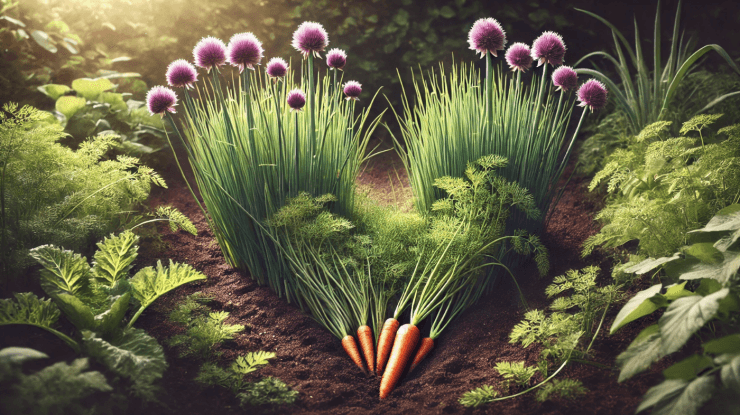
10. Chives & Carrots
Chives not only help deter pests like carrot flies but also improve the flavor of your carrots. Since chives grow tall and narrow, they won’t crowd out the carrots, making them ideal companions in a raised bed garden.
Why These Pairs Work in Raised Beds
Raised beds naturally create a more controlled environment, and companion planting helps optimize that space even more. Since space is often limited, it’s important to plant crops that complement each other rather than compete. Companion planting takes advantage of vertical space (like beans climbing corn), improves soil health (beans adding nitrogen for corn), and deters pests (garlic warding off beet-hungry critters).
By choosing the right companions, you can maximize your yields, keep your plants healthy, and make the most out of your small raised garden. Plus, when you’ve got marigolds and nasturtiums adding color, your garden becomes a cheerful sight to behold! If you want to learn more about perfect pairs, download our Companion Planting Chart for FREE.
Get Planting!
So, grab your gardening gloves and get ready to mix and match these plant pals in your raised beds. With companion planting, your garden will thrive, your plants will stay healthier, and you’ll enjoy the delicious fruits (and veggies!) of your labor. Happy gardening!


